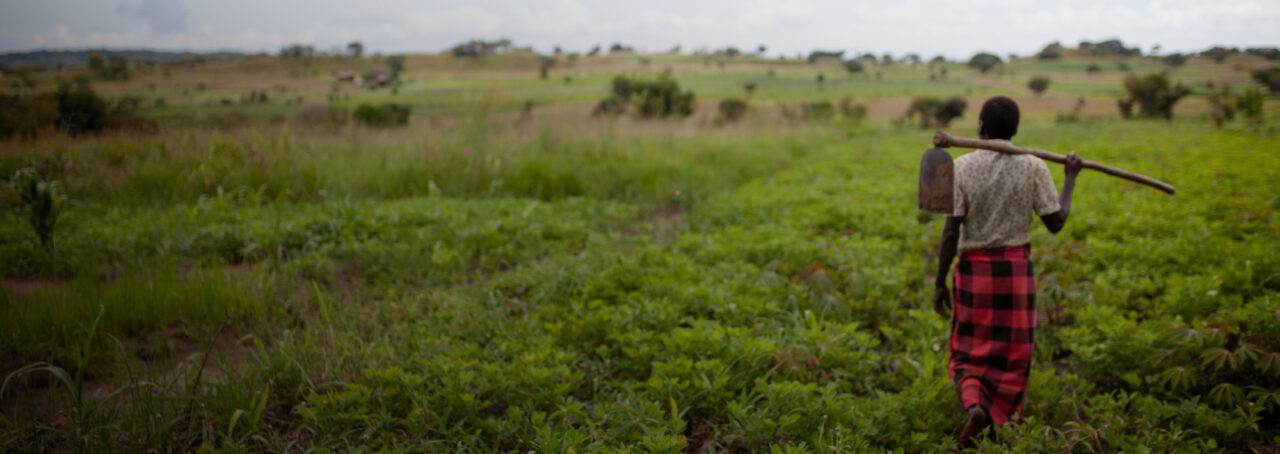
Domestic Violence
In certain countries, a man may assault his wife simply for burning dinner. When women involve the authorities, police may be untrained in how to respond. The concept of separating or leaving one’s husband or partner can seem impossible to women who are dependent upon abusive husbands and partners for food for their children. And in some countries, abuse is even considered acceptable: 57% of Ugandans believe that specific circumstances justify acts of domestic violence against women.

46% percent of ever-married women in Uganda say that they are afraid of their current or most recent partner some or most of the time.

1 in 3 Ugandan women have experienced spousal violence in the last 12 months, according to a 2015 report.

Bolivia, Colombia and Peru ranked in the top 5 countries in Latin America with the highest level of intimate partner violence, according to a World Bank report.
Our Solution
Our Community Protection Model
We don’t stop at rescuing people who have been abused. Our goal is to prevent violence from happening in the first place.
That’s why IJM and our partners collaborate with local authorities to serve individual survivors of domestic violence, pursue sustainable improvements in the justice system and build communities where all people can expect to be safe and protected.
Our Response
IJM combats domestic violence in Uganda and Latin America
Our Approach Includes:
PROTECT AND RESTORE VICTIMS: We partner with local authorities to conduct rescue operations and ensure each victim of domestic violence is safe. We create individualized care plans to help each person heal from trauma and pursue dignifying jobs and educational opportunities.
BRING CRIMINALS TO JUSTICE: We advocate for police reports to be filed against those who have committed the abuse, and we support their prosecution.
STRENGTHEN JUSTICE SYSTEMS: We provide hands-on mentoring for law enforcement, government officials and partner organizations. We also create social demand and advocate with state and national leaders to make ending domestic violence a top priority.
Our Results
IJM conducted a pilot project in northern Uganda to determine the effectiveness of IJM’s approach to protect victims of domestic violence and bring perpetrators to justice.
IJM assisted in 10 cases in the 2018 project.
By the pilot’s conclusion:
Suspects were
Charged
Perpetrators
were Convicted
Survivors received legal and social services
FEATURED PUBLICATION
Justice Review: A Journal of Protection and Justice for the Poor
IJM's Justice Review is a compendium of studies of forced, trafficked labor commissioned by International Justice Mission.
Read reportMeet Camila*
Camila thought he was the love of her life. Instead, he tried to kill her.
When Camila was 14, her mother passed away, and she had to move in with her father. She was young, confused and trying to adapt to her new life when she met a man who knew he could take advantage of her situation. Camila fell in love with him and they were together for many years.
But the boyfriend she trusted attempted to kill her. Despite all the odds against her, Camila recovered from her injuries and is living what she calls her “second chance in life.”
Help Survivors of Domestic Violence Today
Home should be a place of safety and peace, not violence and fear.
Learn more about our Casework
Violence Against Women and Children
Women and children are particularly vulnerable to violence when no laws are enforced to protect them.
Learn more about this articleDomestic Violence
Learn more about this articleSexual Violence
Learn more about this articleSlavery
Millions of men, women and children are trapped in modern-day slavery around the world.
Learn more about this articleSex Trafficking
Learn more about this articleLabor Trafficking
Learn more about this articleOnline Sexual Exploitation of Children
Learn more about this articleForced Scamming
Learn more about this articlePolice Abuse of Power
When police are free to misuse their power, vulnerable people are the ones who suffer from their violent actions and false accusations.
Learn more about this article